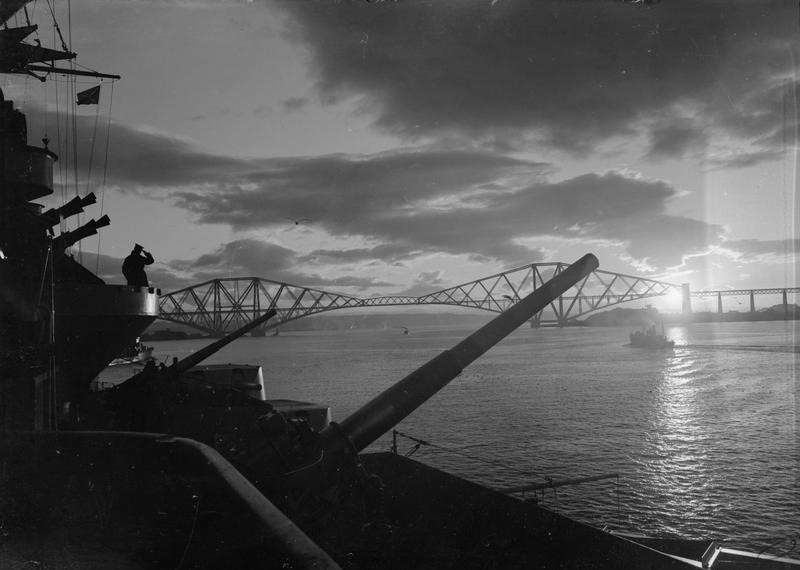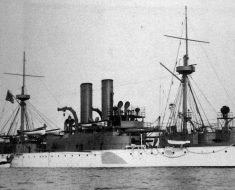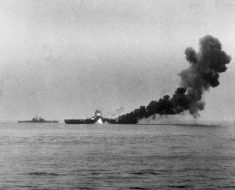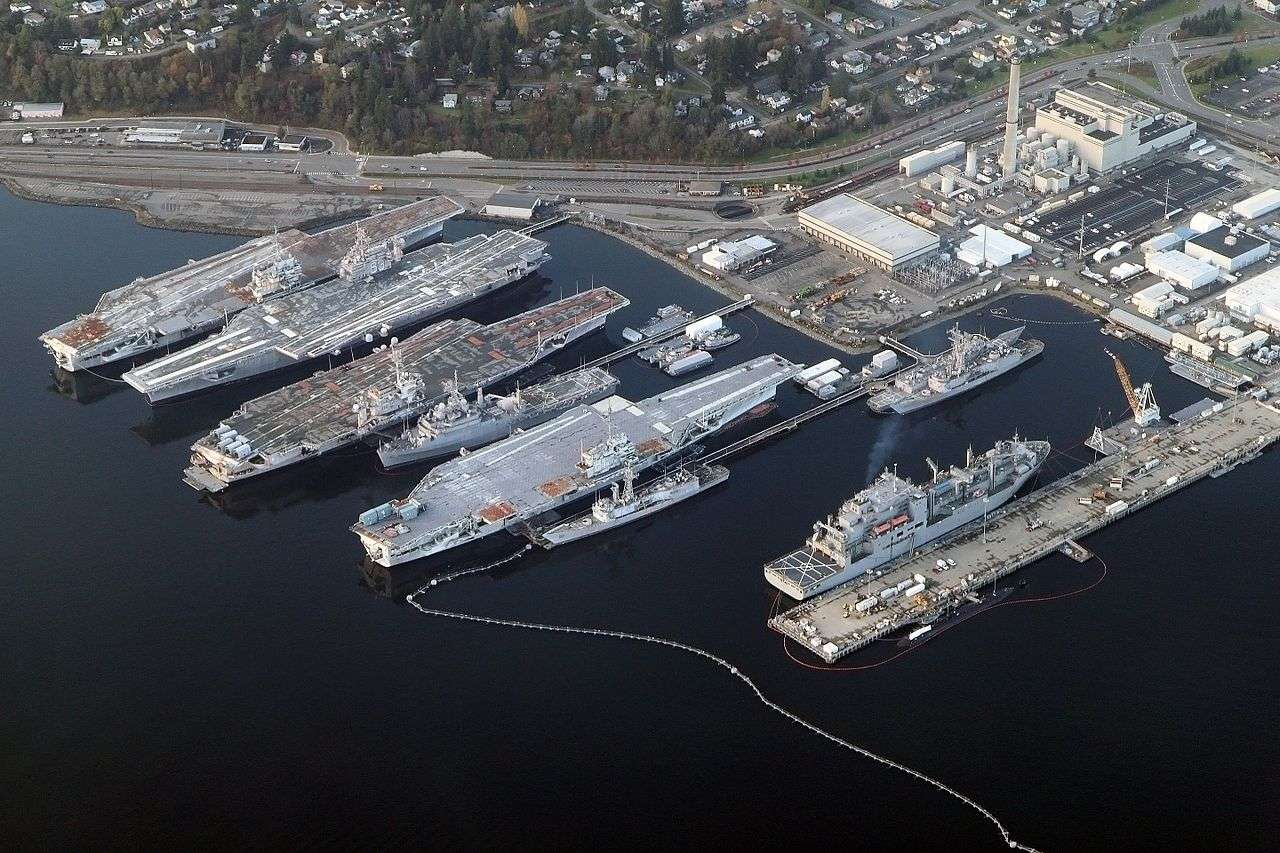In Georgian and Victorian Britain, convicts faced exceptionally grim circumstances, with those imprisoned on prison hulks facing the most severe hardships.
Introduced in England in 1776, hulks emerged as a short-term solution to the pressing issue of prison overcrowding.
With the onset of what is now referred to as the American Revolutionary War the previous year, the usual practice of sending convicts, including men, women, and children, to Britain’s colonies in America, the Caribbean, and the Australian Colonies, came to an abrupt end.
Contents
- What is a Hulk?
- Conditions Aboard
- How Many Hulks Were There?
- American Revolutionary War
- Prisoners were Chained
- Prison Hulk Duration

Since the early 1600s, Britain had been sending criminals across the Atlantic. This practice stemmed from Elizabeth I’s Act for Punishment of ‘Rogues, Vagabonds and Sturdy Beggars’. An alternative was needed.
Read More: The Russian Monitor Novgorod – The Circle Ship
To counteract this rising challenge, the parliament enacted a law permitting the utilization of prison hulks, initially set for a two-year period. ‘Authorise for a limited time, the punishment by hard labour of offenders…raising Sand, Soil and Gravel from…the River Thames’.
Consequently, instead of being transported, male offenders were sentenced to hard labour while imprisoned on decommissioned (and often unseaworthy) vessels anchored on rivers and estuaries.
What is a Hulk?
The term “hulk” originated from the Royal Navy, referring to a ship that was unfit for full service due to damage or incomplete construction.
In 1776, during King George III’s reign, England faced a prison space shortage in London. To address this, the idea of “prison hulks” anchored in the Thames was introduced.
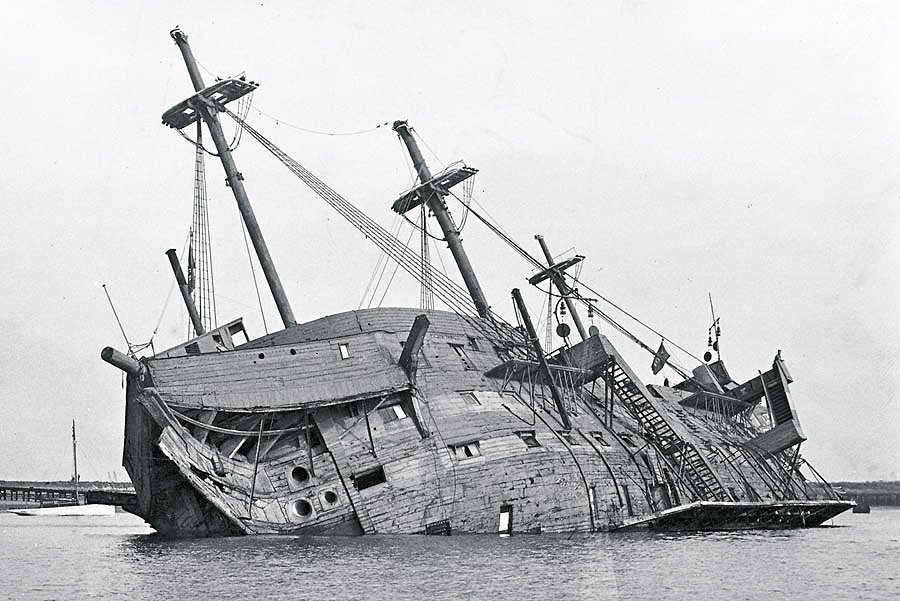
The inaugural ship of this kind began its service on 15 July 1776, overseen by Mr. Duncan Campbell. It was anchored at Barking Creek, with prisoners assigned to strenuous work on the shore during the day.
Read More: Abraham Crijnssen – The Ship That Disguised Itself As An Island
The initial contract to oversee the hulks anchored at Woolwich was awarded to Duncan Campbell, a merchant with ties to the West Indies and an experienced transporter of convicts.
He was designated as the inaugural superintendent of prison hulks in England. Utilizing his vessel, the Justitia, which formerly conveyed convicts from London and Middlesex to Maryland and Virginia, he refashioned its interiors.
He dismantled the inside cabins and put in bunk beds, each allocating less than 50cm of width per inmate.
The prison ship was born
Conditions Prison Hulks

To give an idea of the condition of these so called ships, historian Carolly Erickson delves into the life of Mary Bryant in her work, “The Girl from Botany Bay.”
Hailing from Cornwall, Bryant faced a conviction for highway robbery. Consequently, she was condemned to be transported to New South Wales and spent a period aboard the Dunkirk in anticipation of her journey.
‘A derelict ship, it’s mast gone, it’s sides covered in green slime lay mired in a mudbank. This was the prison ship Dunkirk. The convicts smelled the hulk before they saw her, for she reeked of sewage and the foul stench of decaying wood and unwashed humanity. Towering over the surrounding flats, her hull blackened with mire, the hulk Dunkirk loomed up before the approaching convicts like an apparition. A dark and spectral form around which the rising tide began to lap.’
How Many Prison Hulks Were There?
Throughout the 1700s and 1800s, these prison ships became a widespread means of confinement in Britain and in other parts of the world.
Historian Charles F. Campbell notes that approximately 40 Royal Navy ships were repurposed into prison hulks.
Read More SS Baychimo – The Arctic Ghost Ship
Among the known hulks were the HMS Warrior, which turned into a prison ship at Woolwich in 1840, and the HMS Argenta, a cargo ship without portholes, used in Belfast Lough, Northern Ireland, during the turmoil around the Bloody Sunday (1920) incident involving Irish Catholics.

Other hulks were positioned at locations like Gibraltar, Bermuda, Antigua, Wallabout Bay off Brooklyn, and Sheerness.
Some were also stationed around British ports such as Woolwich, Portsmouth, Chatham, Deptford, and Plymouth-Dock/Devonport. Notably, a few of the hulks housing prisoners destined for penal colonies in Australia and America were under private ownership and management.
American Revolutionary War
Throughout the American War of Independence, the number of American Patriots who perished on British prison ships exceeded the total fatalities from all the war’s battles combined.

During this time, 11,500 Americans lost their lives on these ships, anchored in the East River, due to factors such as overcrowding, unclean water, malnutrition, and disease.
Their hastily interred remains now lie near the shore. Today, the “Prison Ship Martyrs’ Monument” in Fort Greene Park, Brooklyn, New York City, stands as a tribute to their memory.
Christopher Vail from Southold, who found himself on the HMS Jersey prison ship in 1781, later penned:
When a man died he was carried up on the forecastle and laid there until the next morning at 8 o’clock when they were all lowered down the ship sides by a rope round them in the same manner as tho’ they were beasts. There was 8 died of a day while I was there. They were carried on shore in heaps and hove out the boat on the wharf, then taken across a hand barrow, carried to the edge of the bank, where a hole was dug 1 or 2 feet deep and all hove in together.
Back in Britain After the Two Years Were Up
The practice persisted well beyond its initial two-year mandate, expanding significantly over subsequent years.
Prisoners faced similar harsh conditions and mistreatment on vessels stationed at Sheerness, Chatham, Deptford, Plymouth, and Portsmouth. Moreover, this form of imprisonment wasn’t limited to England’s shores.

Prisoners were chained and their days started at five in the morning. They usually endured ten hours of strenuous work during the summer and seven in the winter, retiring at seven in the evening. However, there were also moments of inactivity.
William Branch Johnson, who became the pioneer historian to delve into the subject of hulks in 1957, highlighted that in ‘wet weather and on the Sundays, none worked. They sat about dejectedly, moped, grumbled, recounted past misdeeds to companions anxious to profit by their experiences and planned mutinies and escapes.’
Read More SS Richard Montgomery – The Time Bomb In The Thames
Bread and Cheese
As the 19th century progressed, the hulk system spread to locations like Cork, Dublin, Gibraltar, and even Bermuda.
The living conditions on these prison vessels were deplorable, leading to high death rates. On the 260-ton Justitia,, prisoners were crammed into layered bunks, each allotted a meager sleeping area of 5 feet 10 inches in length and 18 inches in width.
Their weekly diet was limited to biscuits and pea soup, occasionally complemented by half an ox cheek, porridge, a piece of bread, and cheese.

Many prisoners, already in fragile health from their time in jails, were placed on these ships, yet there were no proper quarantine provisions.
This posed a significant health risk, further exacerbated by the unsanitary conditions, particularly the unchecked flow of excrement from the infirmaries.
Read More Fort Drum – The Concrete Battleship
In a particularly alarming instance in October 1776, a prisoner from Maidstone Gaol introduced typhus to the ship. The disease quickly took hold, and between October and March 1778, nearly 28% of the ship’s prisoners succumbed to various illnesses.
At Its Peak
At its height in 1829, the hulk system held an average of 5,550 inmates on ships stationed in England and Bermuda.

Most of these prisoners were detained for theft and associated crimes, which ranged from burglary and highway robbery to animal theft and pick pocketing.
Unsurprisingly, theft was a common occurrence onboard; an inspector once remarked that: “It appears to be their whole study to rob and plunder each other.”
Inmates resorted to theft to purchase liquor from dockyard workers and guards, many of whom conveniently overlooked such transactions.
Read More The German Battleship Gneisenau – A Maritime Powerhouse of the Second World War
While gambling was officially prohibited, inmates could wander their decks after dark, indulging in games like dice and dominoes.
Advocates for change believed that confining prisoners together in such environments would never guide them towards becoming reformed citizens in they were left locked up in these “Floating Academies” and “Schools of Vice”. Residents in the vicinity grumbled about the loud disturbances at night, and it was rumored that guards hesitated to venture to the lower decks to quell brawls and unrest.
Public Scrutiny
Since their inception, prison hulks faced criticism. However, by the 1840s, as a nationwide push for reform and rehabilitation took center stage, these hulks seemed increasingly archaic.
In 1847, the hulks at Woolwich came under public scrutiny. Rumors spread that the deceased inmates were being illicitly dissected, leading prisoners to believe they were left to die so their bodies could be used for anatomical studies.
MP Thomas Duncombe condemned the system, calling it “a shame for any nation professing to be both civilized and Christian.”
In 1848, the Daily News criticized the hulk system, citing it as flawed and careless, noting that the system “continued, not withstanding its disastrous consequences: and it still flourishes – if that which only stagnates, debases, and corrupts, can be said to flourish”.
This assessment contended that the hulks had “no redeeming feature”, and that the only reason the system persisted was due to the government’s continued reliance on convict labor.
In 1857, Britain discontinued the use of hulks, though they remained in use as prisons in some of its overseas territories for additional years.
How long did prison hulks last?
Prison hulks were introduced in 1776 as a temporary solution to prison overcrowding in Britain. Although they were originally planned for two years, they continued well beyond reaching their peak in 1829. At this period it had approximately 40 Royal Navy ships repurposed into floating prisons.
Public scrutiny and a push for reform led to the discontinuation of prison Hulks in Britain in 1857. They continued to be in use for many years in certain foreign nations.


